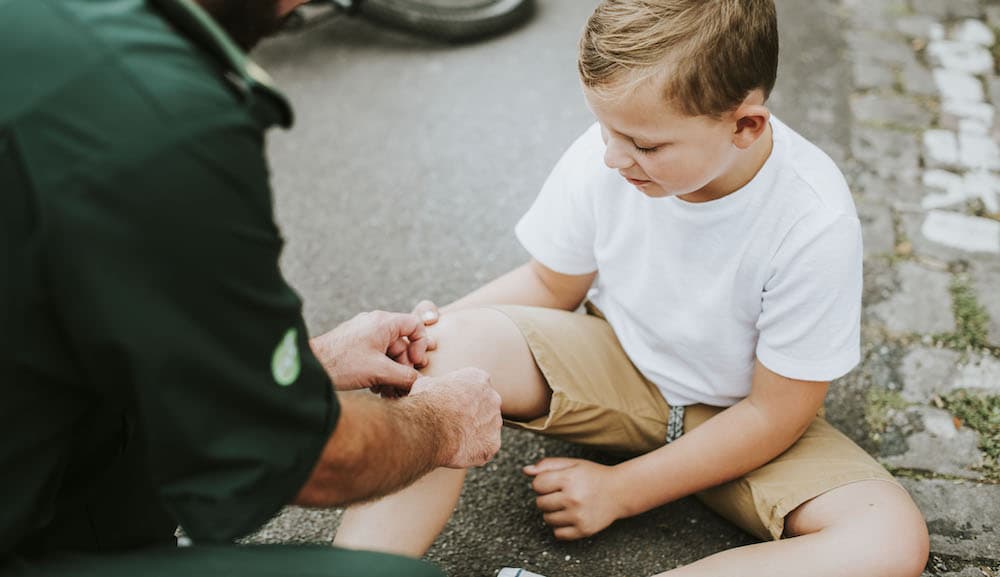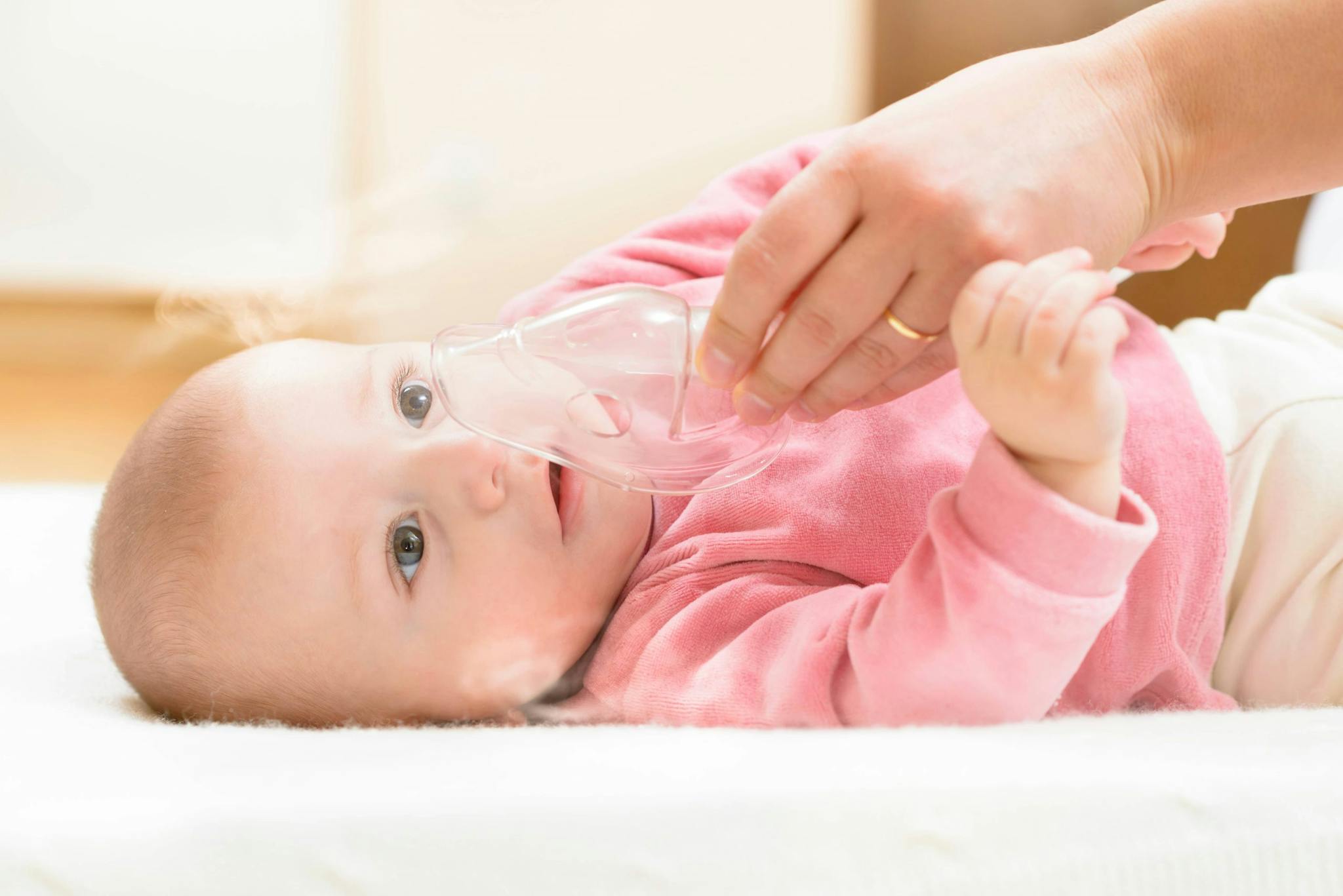
2025-04-15T10:50:37
Safe Sleep Aids for Kids
- Pediatrics
March 15, 2019 | Pediatrics

Young children often can’t explain their pains, so it can be difficult to tell if your child needs to be seen for an injury or if it will resolve on its own. Although many injuries are minor, it’s important for parents to know when they can treat an injury at home or when they should visit a doctor, urgent care or the emergency room for help.
Kids are always on the go and often unafraid of the things they don’t realize can hurt them. They are also resilient, and their bodies are prepared to take the brunt of many falls, bumps and bruises. Some injuries, however, may require immediate medical attention depending on their severity:
If your child has any of the following symptoms following an injury, go to the emergency room:
Not all injuries require emergency medical treatment. Depending on the child’s injury and his or her symptoms, parents may be able to go to their child’s pediatrician or an urgent care clinic instead of the ER. Urgent care facilities are equipped to handle mild to moderate injuries, such as:
Sometimes it can be difficult to know where to take your child for care. If you’re ever in doubt, call your nearest urgent care.
“First Aid: Falls.” KidsHealth.
https://kidshealth.org/en/parents/falls-sheet.html#catsleep
“When Your Child Needs Emergency Medical Services.” HealthyChildren.Org https://www.healthychildren.org/english/health-issues/injuries-emergencies/pages/when-your-child-needs-emergency-medical-services.aspx
“Urgent Care vs. the Emergency Room.” Cigna.
https://www.cigna.com/individuals-families/understanding-insurance/urgent-care-emergency-room

WRITTEN BY:
The Live Better Team

2025-04-15T10:50:37

2024-10-04T23:15:22

2023-07-31T14:29:37

2022-11-21T11:35:42
This information is not intended to replace the advice of a medical professional. You should always consult your doctor before making decisions about your health.